Hello hello!
How have you been these days, SteemCrew? If you ask me, not much! Actually,if I look closer, I realise I did many things ughhhh; but non of them funny or interesting. So, they're not worthy mentioning. BUT...wait a minute! I did something that I thought I can share with you!
It's about this natural and healthy homemade recipe of dry shampoo. It is a good alternative to the dry spray shampoo you can find in the markets. The recipe is very popular, maybe some of you who read this, already make your own. But if you dont, maybe you'll start doing it from now on.

Do you ever think of what YOU're buying when going to the store? I mean do you read the product's label you're buying it? If you'd look carrefully, you'd see sooo many additives and chemical compounds especially in beauty and care products. There are healthy versions too, nobody's denying this, BUT still. There are lots and lots of toiletries full of junk, including the package ( plastic, metal, aluminum and so on).
That's why, I started making my own 2 years ago when I oficially was thinking I'm going to lose it haha. I was so busy that time I dont even want to mention. I had my wedding, I opened my own business, I graduated university and had to learn a lot for my master's degree, work hard to maintain my business up and so many other small things. I barely had time to eat and wash myself haha. That's the reason I started making this shampoo. I said no more bought dry shampoo, it's too much ( because I was sooo busy, I used it very often). I bet I'm not the only one who caught herself in the situation of not having time to wash my hair and having just 20 minutes until leave the house.
So, here it is!! This is a 5 minutes recipe and it works! I love this diy dry shampoo and its a valuable "item" in my purse, among with others. It really works for me!
INGREDIENTS
- 1/2 cup Arrowroot powder or cornstarch (or you can make half½)
- 10-20 drops Essential oil, any of these or a combination of them (lavander, rosemary, tea tree, peppermint, cedarwood, lemongrass, thyme, lemon, clay sage)
- 1/4 Rhassoul clay or any other type of clay
- 1/4 Cacao (for dark hair) or cinnamon (for redish color hair)

For instructions, there's no much to tell.
In a jar, combine all ingredients, except cacao powder. Put the lid on and shake it until all is well homogenized.
Split in half and add cacao to one portion. You can add more cacao if you don't find it to dark.
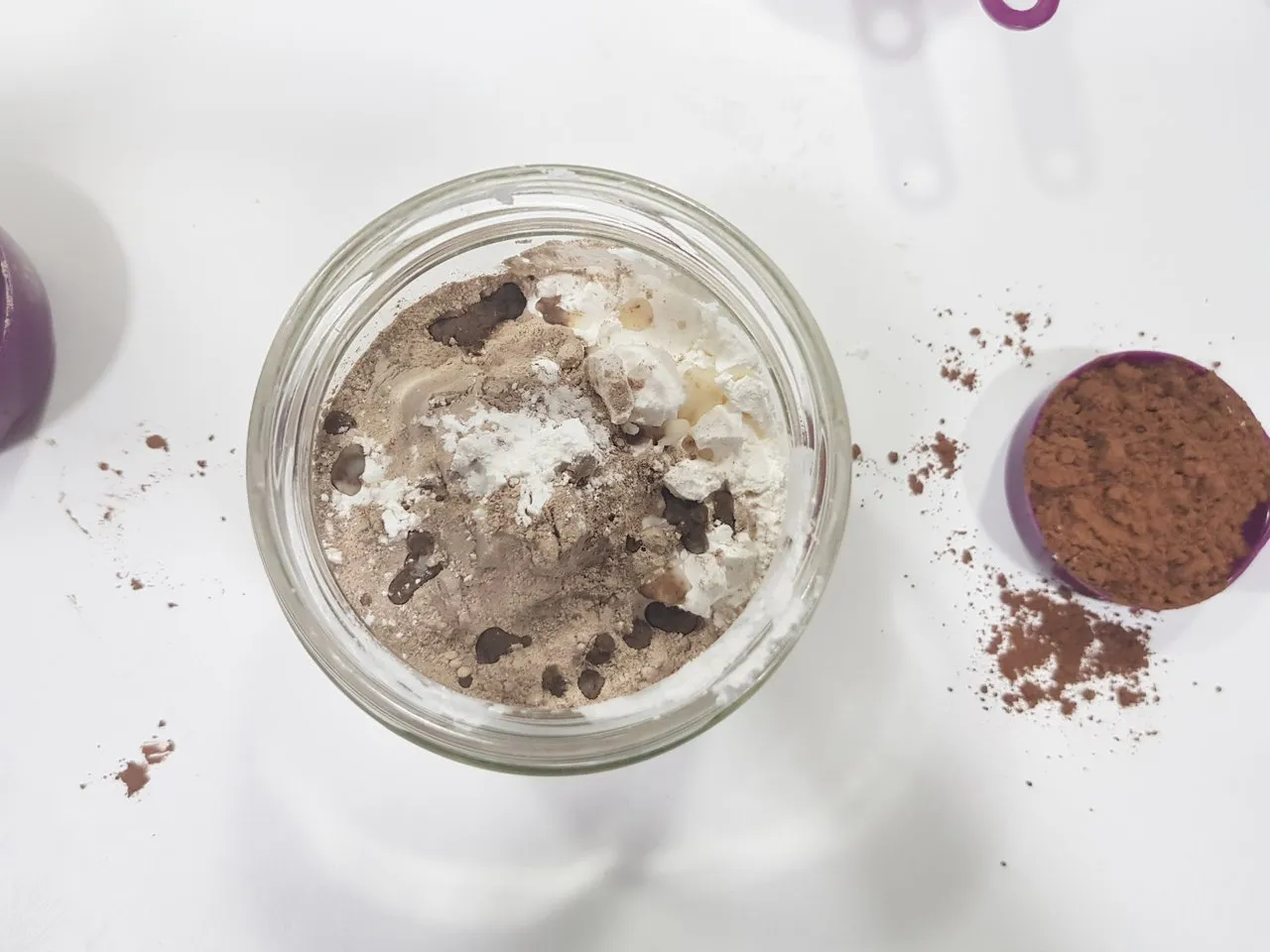
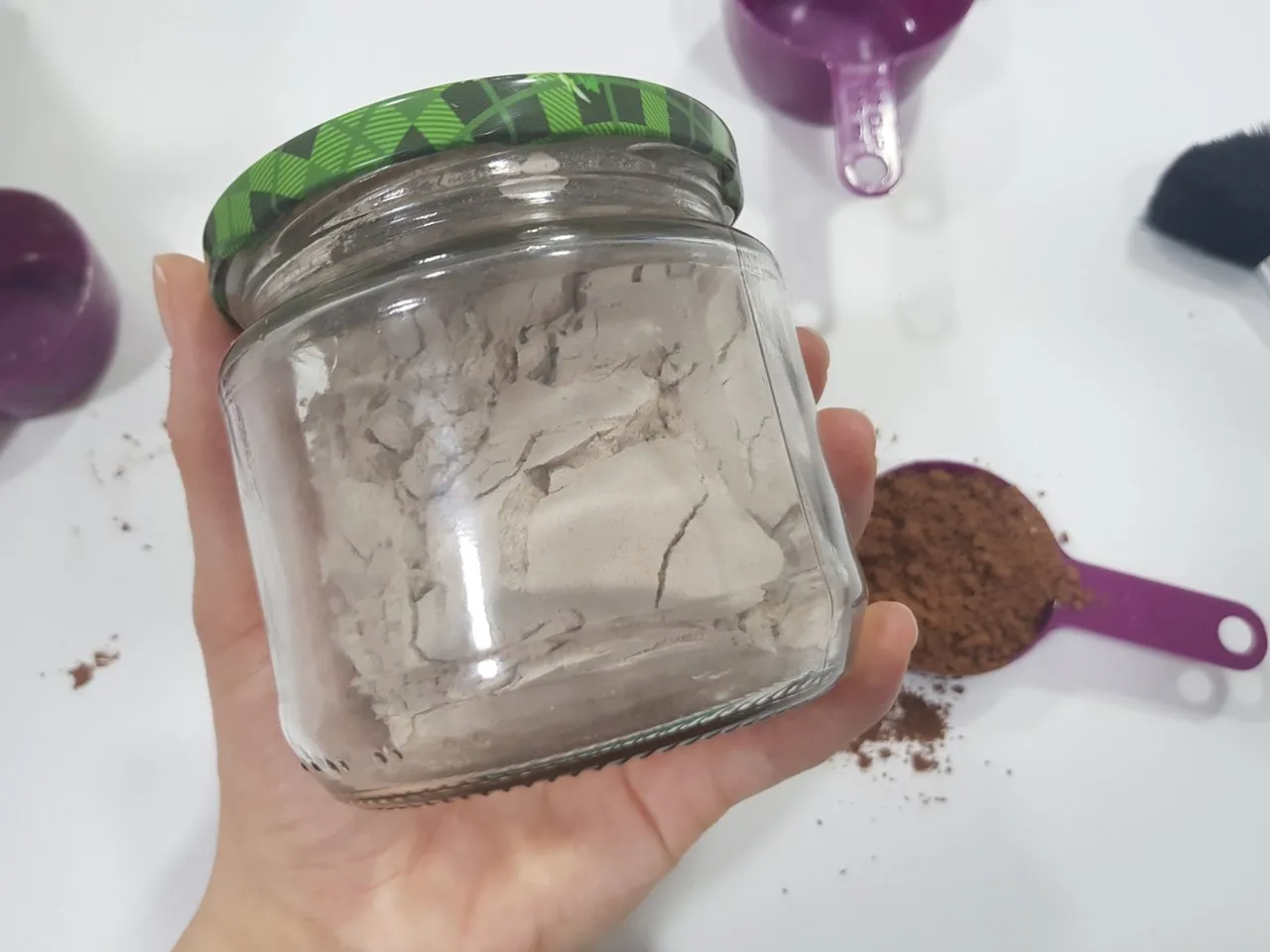

How does dry shampoo works?
Dry Shampoo removes the excess grease and sebum from your scalp and it's in powder form or spray form. When the powder is applied onto a wet, oily or dirty surface, it absorbs anything on the surface — similar to a sponge.
By absorbing the oils, the greasy appearance of the hair is improved; however, the absorbed oils and powders remain in the scalp, so the hair may appear clean but feel unclean to the user.
Compozition
Dry shampoo is generally composed of a carrier agent containing an active powder. Normally, starch is used as the active powder. When the powder is sprayed onto hair, the carrier agent evaporates while the starch remains attached. While the active powder can be replaced with other substances such as activated carbon and alumina, these substances are generally not used due to their inability to biodegrade. In particular, activated carbon and alumina leave behind a residue that is difficult to remove. Presently, oryza sativa starch and cetrimonium chloride are the most common starches used in dry shampoos. Dry shampoo in the form of aerosol also often contains a propellant ingredient. The propellant used in dry shampoo usually consists of butane, isobutane, and propane, which makes up 70-90% of the total composition.
Dry shampoos often contain anionic surfactants that do not dissolve in water. The surfactant molecules have a hydrophilic portion as well as a hydrophobic portion to bind with water and oils. Surfactants such as detergents rely heavily on micelle formations. Amphiphile molecules organize into small clusters of micelles with the hydrocarbon non-polar ends facing inwards. When dry shampoo is applied, amphiphile molecules surround suspended oil drops which then can be removed. The anionic substances often leave a form of calcium salts, which are not soluble, in the hair strands that causes hair to be dry and tangled. The alkaline residue may also cause hair and skin irritations. [wikipedia]
Did you read all those compounds? This is why we make our own!!!

How to use it?
Spray the root area (the oily ones) and wait approximately two minutes. ( his allows the formula to absorb any excess oil in the hair)
Then brush the shampoo throughout the hair, until is evenly distributed.
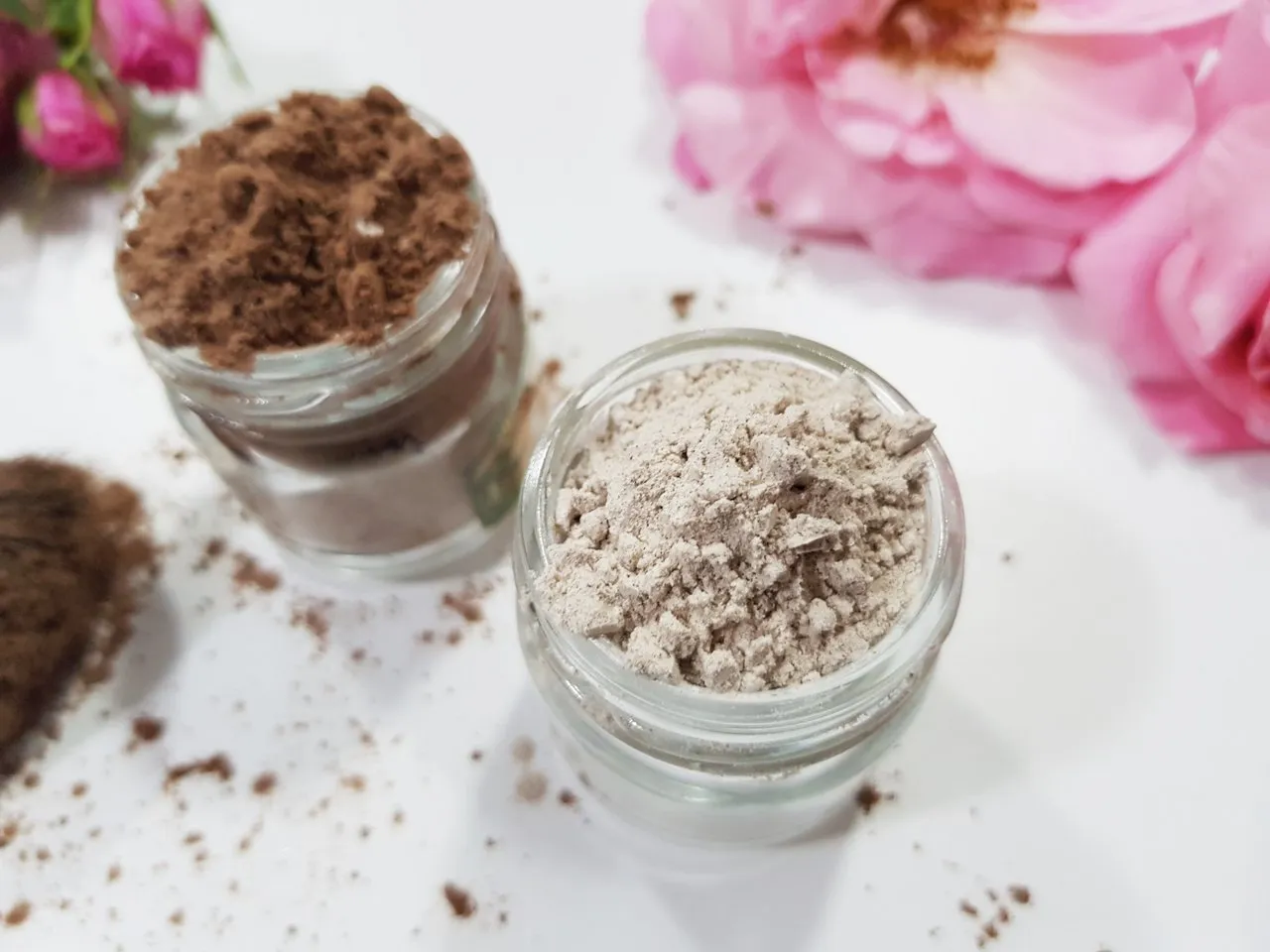
Potential Side Effects, according to Wikipedia
(and this is me who's saying that these side effects reffer to the version of industrial bought made dry shampoo, not homemade dry shampoo ok?)
- Respiratory toxicity: Talc is often present in dry shampoos as an absorbant which can lead to respiratory issues.
- Allergies: There is often the use of fragrances in dry shampoos which may cause allergies or sensitivities.
- Dermatitis caused by fragrances and potential metals from dry shampoo
- Nausea caused by Liquefied petroleum gas.
- Hormone disruption resulting from the inclusion of parabens as a preservative.
- Eye irritations should the product accidentally be administered to the eye.
- Fungal growth from the build up of chemical powders and pollutants.
- Flammable as the product contains butane, isobutane, and propane.
- Breakouts (acne) from the blockage of pores from dry shampoo residues.
- Hair loss from inflamed hair follicles due to blockage.
(only these last two I consider to be a possible side effect to the homemade version. And its logical because if you use only dry shampoo and don;t wash your hair...c'mon! It's a mess and you can actually develop some local infection or something)
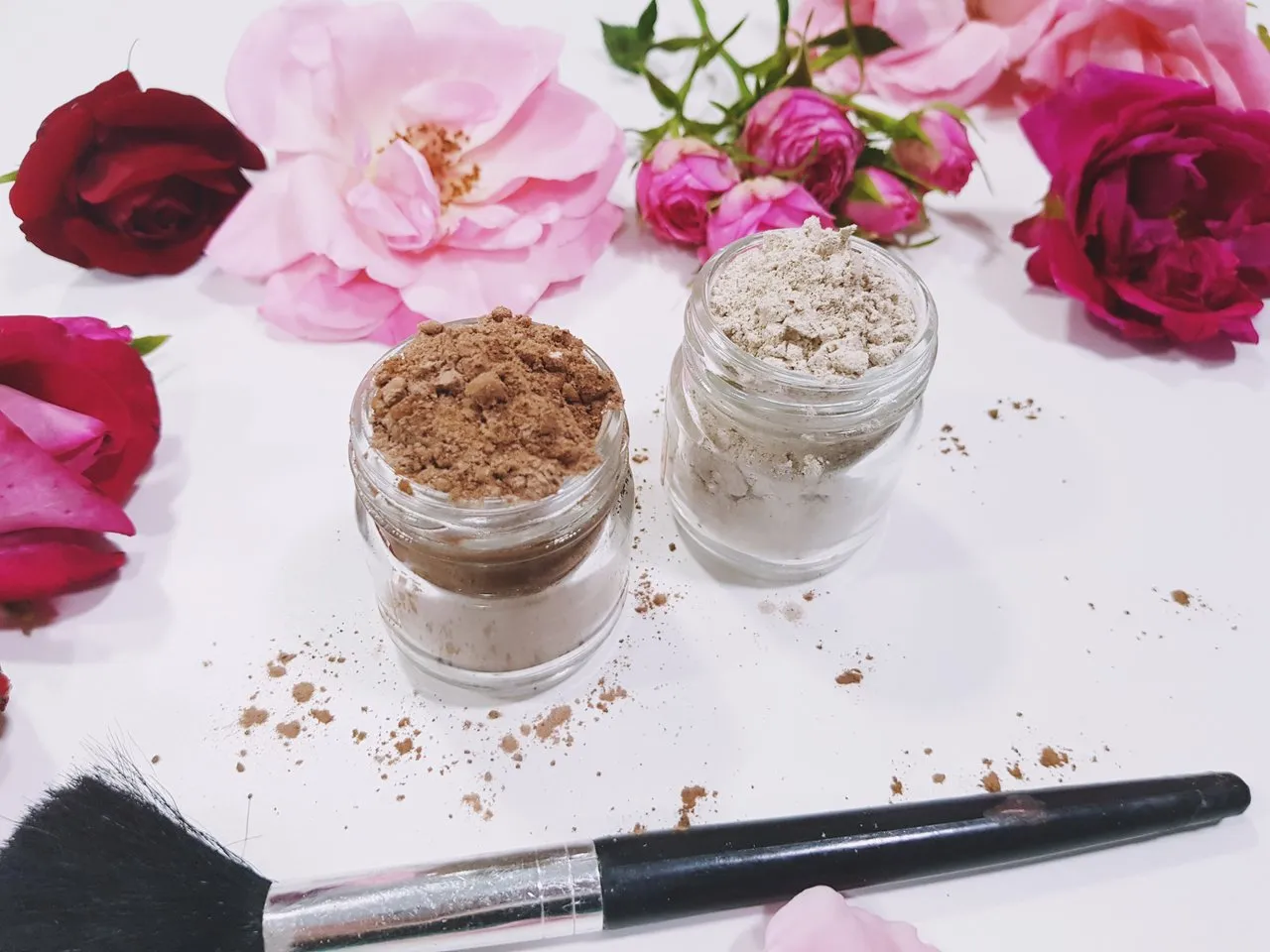
Besides
1. avoiding chemicals and harmful substances which are found in bought dry shampoo and
2. contributing to mother Earth for not buying plastic or aluminum packages,
this recipe brings you some benefits when applying to your hair and skin BECAUSE
The Rhassoul Clay is rich in silica, potassium, magnesium and calcium. Rhassoul Clay's most impressive properties that benefit the skin is its capacity to absorb. Studies have shown that it is reputed to reduce the dryness and flakiness of the skin while improving the texture of the skin. Also, Rhassoul clay is often used as a remedy for dandruff and seborrhea.
And the Essential Oils you put in have their specific properties.
- For example Lavander oil can speed up hair growth; It also has antimicrobial and antibacterial properties, which can improve scalp health.
- One study found that peppermint oil, when used on mice, increased the number of follicles, follicle depth, and overall hair growth.
- Rosemary essential oil improve both hair thickness and hair growth, rosemary oil is a great choice thanks to its ability to improve cellular generation.
- Cedarwood essential oil is thought to promote hair growth and reduce hair loss by balancing the oil-producing glands in the scalp. It also has antifungal and antibacterial properties, which can treat different conditions that may contribute to dandruff or hair loss.
Read here more informations on what Essential Oils to use for this mask and which are their properties! Choose yourself what are the best for you.
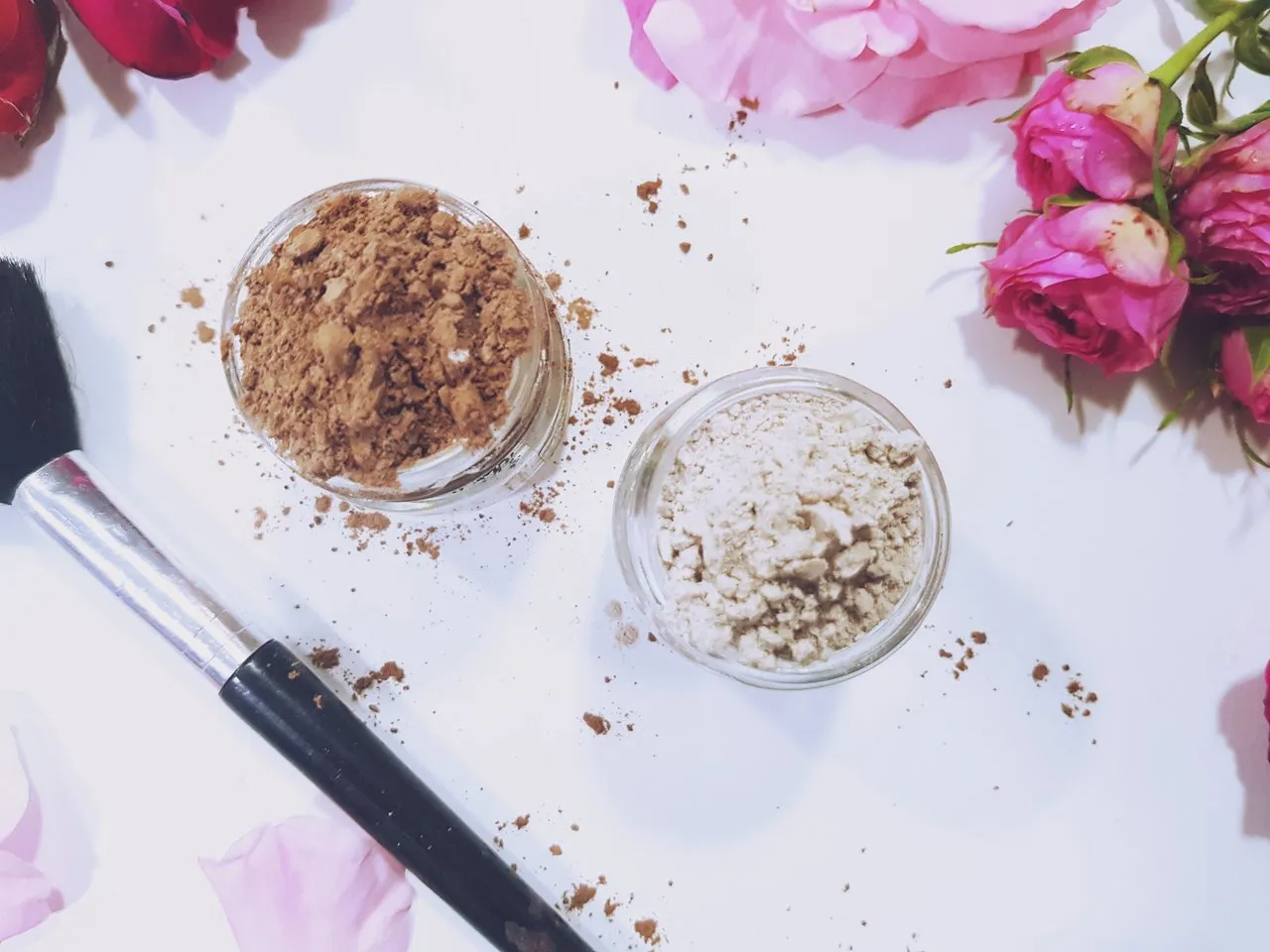
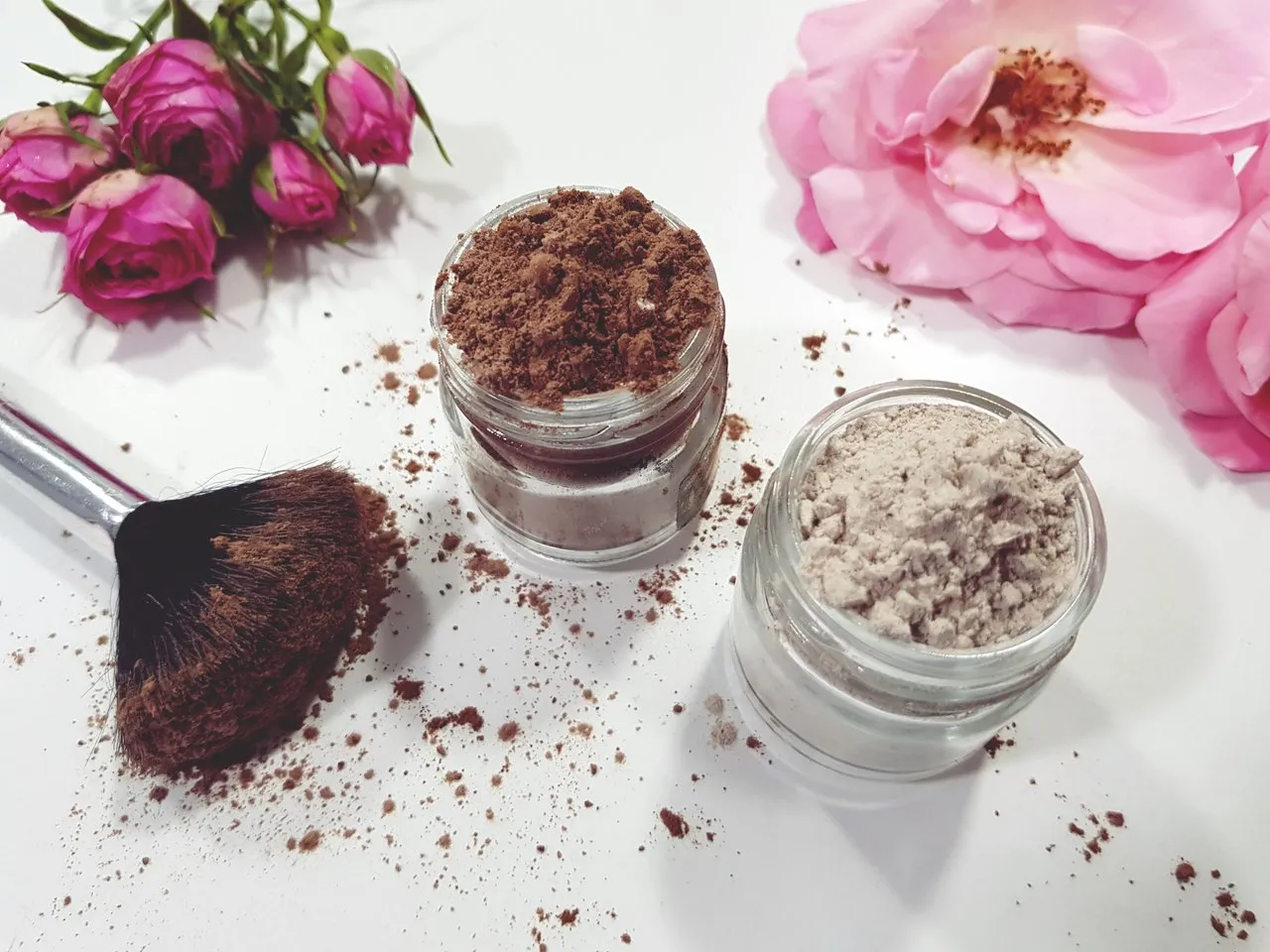



This is my entry for The Alternative Consumer Challenge hosted by @ecotrain together with @naturalmedicine !!
Thank you for reading,
Love,
Miss Deli

ALL CONTENT IS MINE AND ORIGINAL! ALL THESE PHOTOS WERE TAKEN WITH MY SAMSUNG S8.
If you like my work, comment, upvote and resteem!Or if you want to stay in touch with me for more delicious healthy recipes and articles on health, HIT the Follow button on my blog!




Proud member of @naturalmedicine Team.

LOTS OF NATURAL HEALING AND LOVE TO YOU ALL!! ❤️
Join us on Discord here - we'd love to have you!

Join our Discord Channel here !